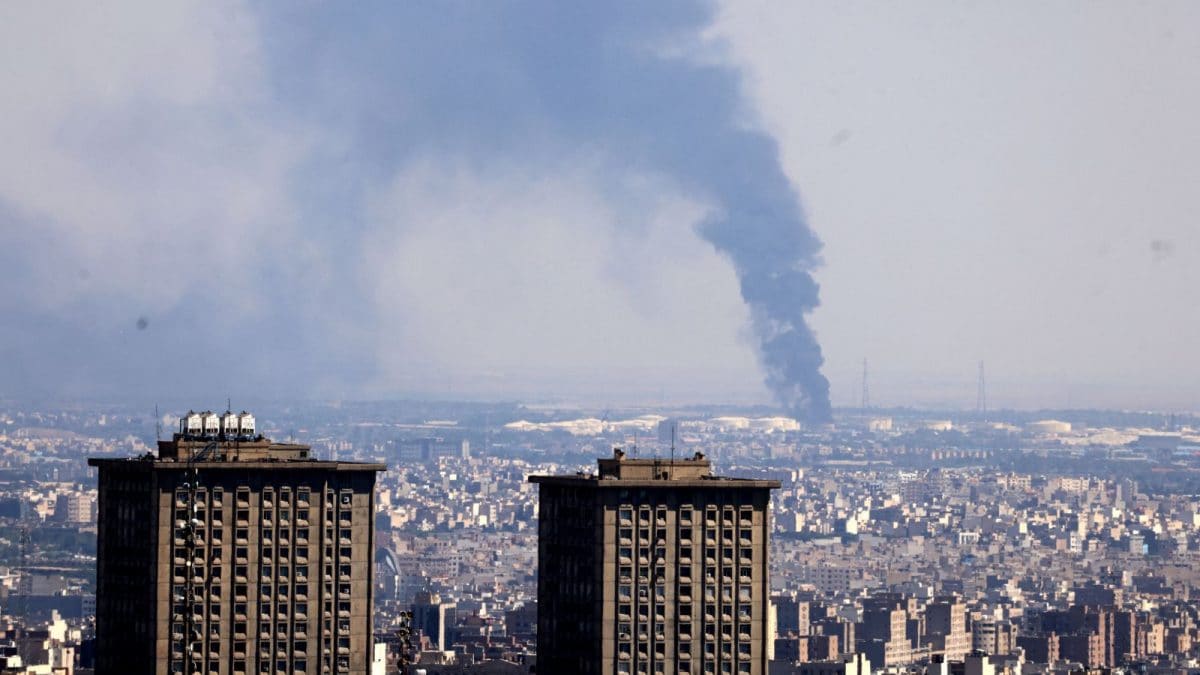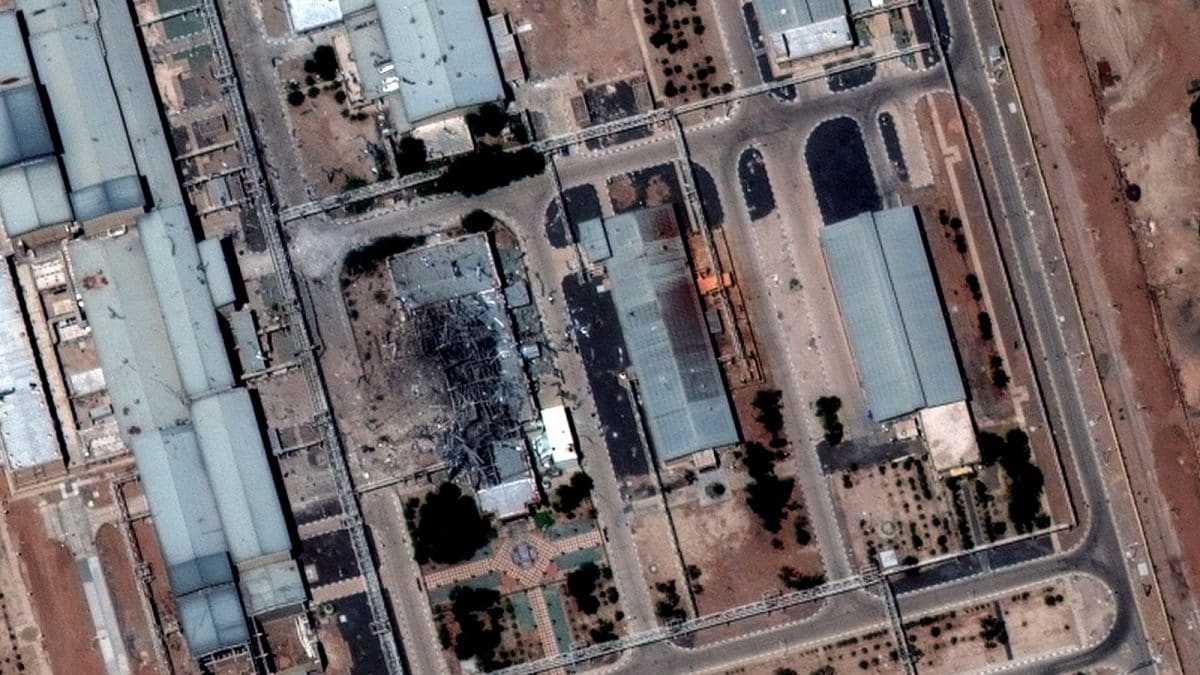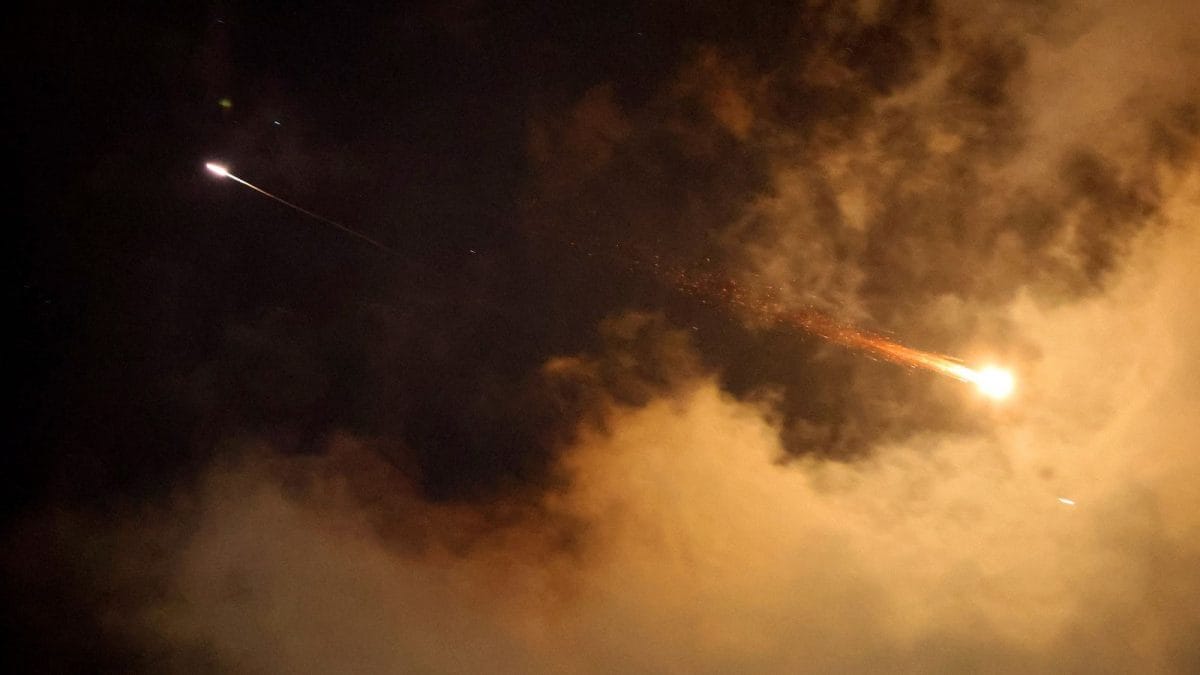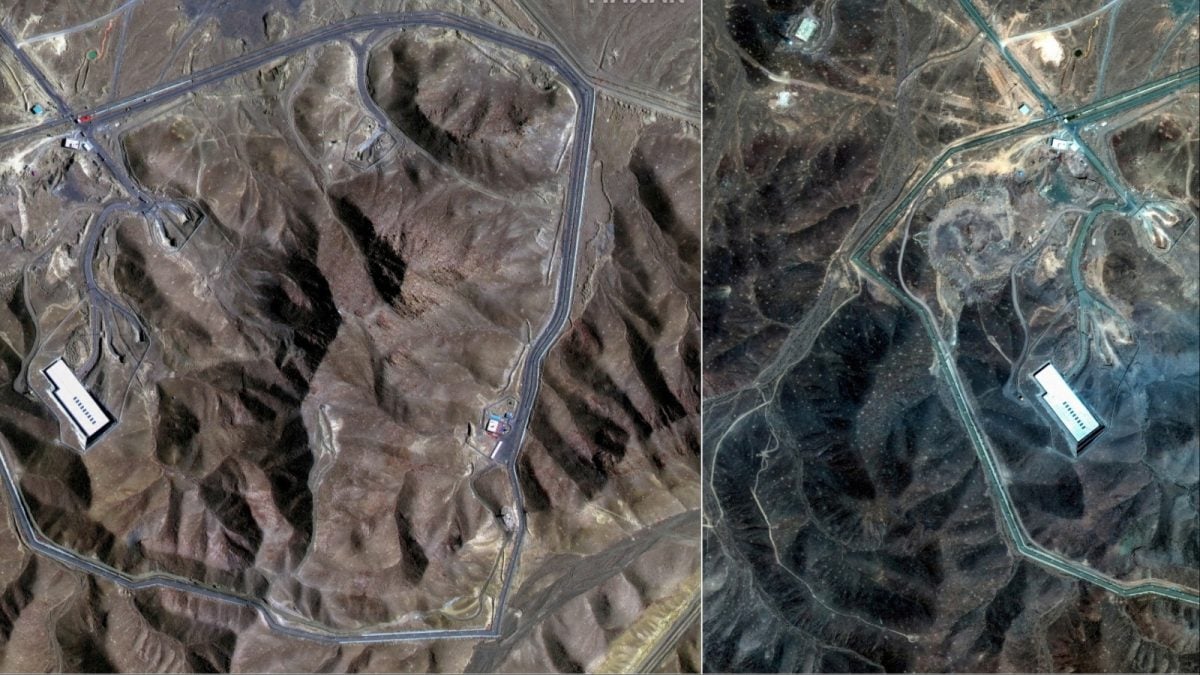Last Updated:June 23, 2025, 09:16 IST
NASA’s Webb Telescope found early galaxies rotating in the same direction, reigniting theories that our universe may exist within a black hole. Further study is under way

Findings of NASA's Webb Telescope challenge the Big Bang theory and hint at a hidden structure or force. (News18)
What if everything you’ve ever known – stars, galaxies, even your morning coffee – exists inside a cosmic Matryoshka doll? A mind-bending new discovery by NASA’s James Webb Space Telescope has scientists revisiting one of the most radical ideas in physics: that our entire universe may be tucked inside a giant black hole.
Is Our Universe Inside A Black Hole?
A recent discovery by NASA’s James Webb Space Telescope (JWST) is challenging long-held assumptions about the origins of the cosmos. The telescope has observed hundreds of ancient galaxies, some dating back merely 300 million years after the Big Bang, and found that a significant number appear to be rotating in the same direction.
Roughly 60% of these early galaxies rotate clockwise, an alignment that defies the expectation of random motion in a universe born from a chaotic explosion. Such uniformity has led researchers to propose that a hidden structure or force may have been present at the universe’s inception, potentially reshaping our understanding of cosmology.
This unexpected consistency in rotation patterns brings into question key aspects of the Big Bang theory, which posits that galaxies should have developed with random orientations as matter dispersed haphazardly. Instead, the data suggest an organising influence, possibly the rotation of an enormous black hole encompassing our universe.
The idea that our universe could reside within a black hole is not new, but the JWST’s findings have breathed new life into the theory.
How Are Black Holes Formed?
Black holes are formed when massive stars collapse under their own gravity, creating a singularity surrounded by an event horizon; the point of no return. If our universe lies within such a structure, it might help explain its smoothness, symmetry, and the apparent fine-tuning of physical laws.
These early galaxies, spotted in a region known as Pandora’s Cluster, may have played a role in a major cosmic transformation.
Webb observed these little green galaxies in Pandora’s Cluster. Were they the cause of a massive cosmic makeover?In the universe’s first billion years, it was immersed in a fog of neutral hydrogen gas. Today, this gas is ionized (stripped of its electrons). Which cosmic objects… pic.twitter.com/5DJ8NjxlIn
— NASA Webb Telescope (@NASAWebb) June 12, 2025
Cosmic Fog And Ionised Gas
During the universe’s first billion years, it was enveloped in a dense fog of neutral hydrogen gas. Today, that fog has cleared, with the gas now ionised; meaning its electrons have been stripped away.
Some researchers argue that this transition supports a bold theory: that our entire universe could be the interior of a colossal black hole, one nested within a larger universe. In such a scenario, a black hole could serve not just as a gravitational trap, but as a bridge to a completely separate cosmos.
Recent Discoveries And Their Implications
Why is this once-speculative theory gaining serious attention now? Groundbreaking observations by the James Webb Space Telescope have revived interest by revealing patterns of galactic rotation that suggest a hidden organising force. If such a rotational influence existed from the very beginning, it may have stemmed from the spin of a supermassive black hole encompassing the universe itself. This idea could potentially resolve enduring puzzles in cosmology, such as the nature of space-time, the universe’s unusually flat geometry, and the precise tuning of the conditions required for its formation.
Still, not all scientists are convinced. Some suggest the findings could result from observational bias or technical limitations, such as redshift or the Doppler effect, rather than an actual pattern. The JWST team itself has emphasised that the results are preliminary and more detailed observations are required.
Researchers are now working to determine whether this directional rotation can be observed in galaxies elsewhere. Should similar patterns be found, it could signal that our universe’s beginnings were shaped not by chance, but by a deeper, hidden order.
Location :United States of America (USA)
First Published:News world Are We Living Inside A Black Hole? NASA's Webb Telescope May Have Spotted The Evidence

 3 hours ago
3 hours ago

















